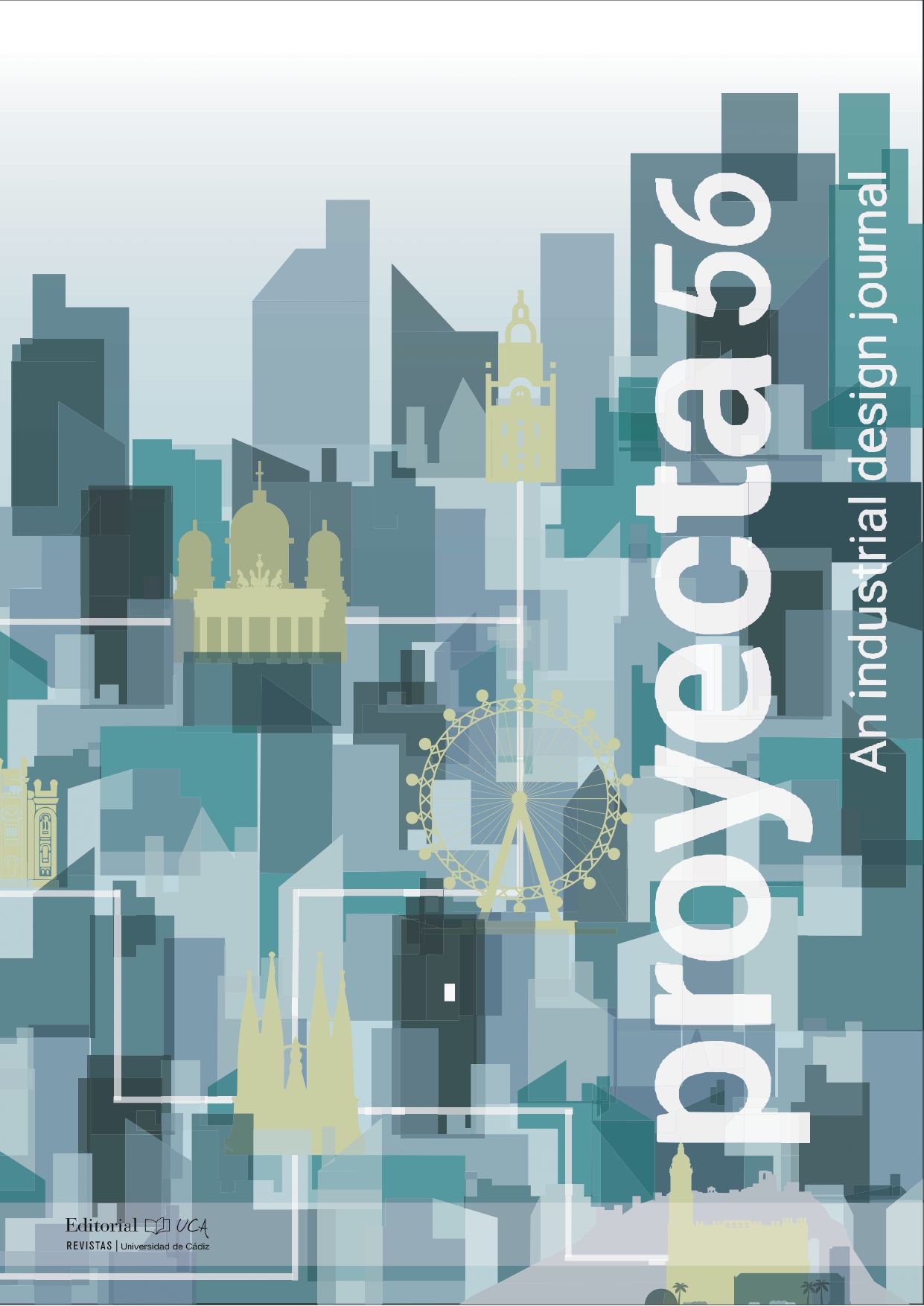Friction as a means of choice
Abstract
The desire to change something is a fundamental characteristic of human beings and is related to self-realization, individual progress, and adaptability. Changing involves modifying daily choices and practices, such as resisting immediate gratification in favor of long-term goals. However, this presents challenges, including the struggle between two psychological systems: a reflective system and an impulsive system. Resisting impulses requires self-control, which is a limited resource. In this struggle, external support, such as interactive technologies, can help pursue long-term goals. Persuasive appeals based on understanding, such as sports trackers or smart meters, can influence behavior change.
Downloads
How to Cite
License
This Journal is under a Creative Commons License Attribution-NonCommercial-NoDerivs 4.0 International.
References
Brechmann, J., Hassenzahl, M., Laschke, M., and Digel, M. ReMind. CHI ‘13 Extended Abstracts on Human Factors in Computing Systems on - CHI EA ‘13, ACM Press (2013), 2811.
Brehm, J.W. Theory of psychological reactance. Academic Press, 1966.
Fogg, B. J. (2003). Persuasive technology : using computers to change what we think and do. Amsterdam; Boston :Morgan Kaufmann Publishers
Peter M. Gollwitzer. 1999. Implementation intentions: Strong effects of simple plans. American Psychologist 54, 7 (1999), 493–503. https://doi.org/10.1037/0003066x.54.7.493
Marc Hassenzahl and Matthias Laschke. 2014. Pleasurable Troublemakers. MIT Press, Cambridge, MA, 167–195.
Hofmann, Wilhelm, Malte Friese, and Fritz Strack. (2009). Impulse and self-control from a dual-systems perspective. Perspectives on Psychological Science 4 (2):162–176.
Laschke, M., Hassenzahl, M., and Diefenbach, S. Things with attitude: Transformational Products. Create11 Conference, (2011), 1–2.
Laschke, M., Hassenzahl, M., Brechmann, J., Lenz, E., Digel, M. (2013). Overcoming procrastination with ReMind. In Proceedings of the 6th International Conference on Designing Pleasurable Products and Interfaces, DPPI 2013, 77–85. https://doi.org/10.1145/2513506.2513515
Matthias Laschke, Sarah Diefenbach, Thies Schneider, and Marc Hassenzahl. (2014). Keymoment: initiating behavior change through friendly friction. In Proceedings of the 8th Nordic Conference on Human-Computer Interaction: Fun, Fast, Foundational. ACM. https://doi.org/10.1145/2639189.2670179
Thaler, R. H., & Sunstein, C. R. (2008). Nudge: Improving decisions about health, wealth, and happiness. Yale University Press.
Samuelson, Paul A. (1937). A note on measurement of utility. Review of Economic Studies 4 (2):155–161.
Verbeek, PP. (2006). Acting artifacts. In: Verbeek, PP., Slob, A. (eds) User Behavior and Technology Development., vol 20. Springer, Dordrecht. https://doi.org/10.1007/978-1-4020-5196-8_6
World Health Organization. Global recommendations on physical activity for health. http://www.who.int/dietphysicalactivity/publications/9789241599979/en/, 2010, 60.







